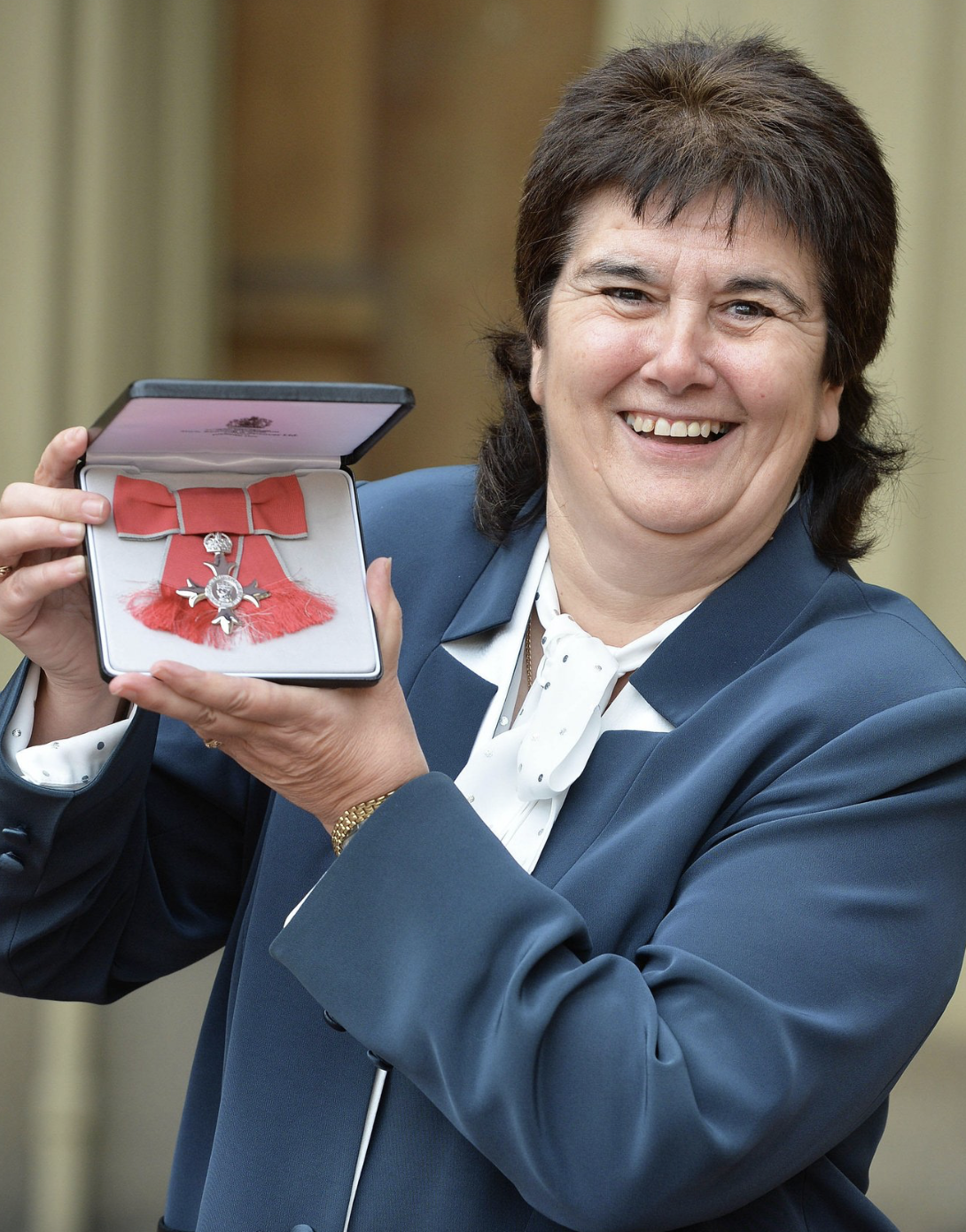The Ballon D’or across both men’s and women’s football is widely regarded as the cream of the crop, the top award for any footballer. However, a closer look, particularly at the Women’s category, reveals a history of controversy that has been a recurring theme since its inception just six years ago.
Ada Hegerberg was the inaugural recipient of the award in 2018, with Pernille Harder, then of Lyon, securing second place and Dzsenifer Marozsán taking third. However, instead of focusing on Hegerberg’s remarkable accomplishments with Lyon, the spotlight was stolen by a controversial comment made by DJ Martin Solveig, the award presenter, overshadowing the celebration of her stellar achievements.
For context, Hegerberg had an extraordinary 2017-18 season, scoring 53 goals and securing both a League title and the UEFA Women’s Champions League. Despite these incredible achievements, the moment she received her award in 2018 was overshadowed by DJ Martin Solveig’s inappropriate question, asking the French striker if she “knew how to twerk.”
A comment like this, no matter how gracefully Hegerberg herself may have brushed it aside, is completely unacceptable. It’s impossible to imagine such a question being directed at a male player, at any level or on any stage.
While, no similar incidents have occurred on the big stage since, the Women’s Ballon d’Or continues to draw criticism. The ceremonies in the past two years have exposed uncomfortable truths, highlighting ongoing issues that still need to be addressed.
In each of the last two years, the ceremony itself has been held in a women’s international window, therefore not giving players or coaches within the women’s football world a chance to attend either ceremony, with only eight of the thirty nominees actually able to attend.
Moreover, there is a glaring disparity in how female footballers are recognised compared to their male counterparts. For women, there is only one award for the best player in the world, the Ballon d’Or Féminin, and one for the best coach in the world.
In contrast, the men’s awards include multiple categories: the Kopa Trophy for the best player under the age of 21, the Yashin Trophy for the best goalkeeper, and the Gerd Müller Trophy for the highest-scoring player of the year. None of these honours are extended to women’s football.
The disparity is also evident in social media recognition. Male players ranked outside the top ten in their awards are honoured with individual, dedicated posts for each position. In contrast, female players are grouped together in batches of five, depriving them of the same level of individualised acknowledgment and celebration.
The lack of respect goes beyond social media recognition. The original nomination tweets for female players were riddled with errors, highlighting a careless approach. For instance, Spanish international Mariona Caldentey was incorrectly listed as a Chelsea player, despite her confirmed move from Barcelona to Arsenal being finalised well before the nominations were announced.
England midfielder Georgia Stanway was one of many to voice her displeasure at the scheduling clash, stating that an:
“Opportunity like this may never come round again.”
Sarina Wiegman also added:
“It would be nice if these things are organised so that the players can go too.”
This underscores that women’s football continues to be treated as an afterthought, even in prestigious events like the Ballon d’Or. Despite ongoing criticism about the lack of inclusion and consideration for female players, meaningful changes have yet to be made. As the women’s game continues to grow and thrive, it’s clear that female players deserve equal recognition and representation on such significant stages.
Links:
Photo – https://edition.cnn.com/2018/12/05/football/ada-hegerberg-ballon-dor-norway-spt-intl/index.html
https://tinyurl.com/2cktmrn4



